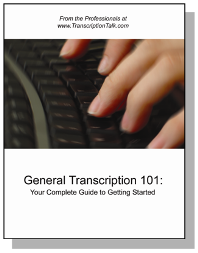One of our readers, Joe, was gracious enough to provide this post on the Maltron keyboard and differences the layout has from the QWERTY most of us are used to. While the investment and learning curve may not be practical for most of us, the information is very interesting.
One thing I found particularly interesting on the Maltron site was the large selection of keyboards for people with disabilities, including the single-finger or head/mouth stick keyboard. I used to work with people with disabilities helping them develop computer skills with limited motor function, and I was extremely interested in these for that reason.
-----------------------------------
One of the problems that VERY few "ergonomic" keyboards address is the actual key "distribution". Without going into the reasons for creating the QWERTY layout, it is dreadfully inefficient and creates so many problems.
I've been using a Maltron keyboard since 1986, using the Malt letter distribution and although I started typing in 1967, and was able to do better than 65 wpm, I moved from 0 to 15 wpm touch typing within 6 weeks, but didn't lose my QWERTY facility. This is because the Malt layout is so logical it is very easy to learn. I'm now able to work at between 50-180 wpm, and average about 23 wpm over 8 hours (including coffee breaks, lunch, answering the phone, proof reading etc).
If I'm forced to I can still touchtype with the old keyboard 20 something years later, because the Maltron didn't REPLACE the QWERTY, it was separate, but parallel to it. The Maltron FEELS so different there's no confusion between the two. However, using the QWERTY is hard, painful work.
(See how many "useful" words you can type with your current keyboard layout without moving your hands from the home key position.)
To give but one brief example of the inefficiency of QWERTY as opposed to Maltron, if the typist keeps the fingers on the home keys (including the thumbs) using QWERTY roughly 195 words can be typed, whereas with the Maltron layout more than 7600 words can be typed.
Further, many keyboards STILL have the "staggered column layout" even though the necessity for this disappeared with invention of electric typewriters. The staggering creates thousands of completely unnecessary side-to-side microshifts of hands and fingers.
As far as cost goes, I'm still using the SAME keyboard I bought in 1986, although I had to have the internals replaced and extra keys added when I moved from Apple II to IBM in the late '80s. I've never had any sort of failure, so although it was expensive to purchase initially, when amortised over the whole life of the keyboard it's probably cost me about $20-30 (Australian) per year.
Joe Blake has been a word processing operator since 1980, becoming a court reporter in 1990. He currently works out of his home in Australia doing private transcription work, primarily oral history reviews.
Wednesday, September 10, 2008
Guest Post: The Maltron Keyboard
Posted by Shaina at 5:30 AM
Labels: hardware, product reviews
Subscribe to:
Post Comments (Atom)









































1 Comment:
Whoops ...
I did forget to mention that the Maltron keyboard is available in "dual" mode, with both QWERTY and MALT layout at the press of a single key, and dual engraved keycaps, so there shouldn't be any great issue with learning a new layout.
Joe
Post a Comment